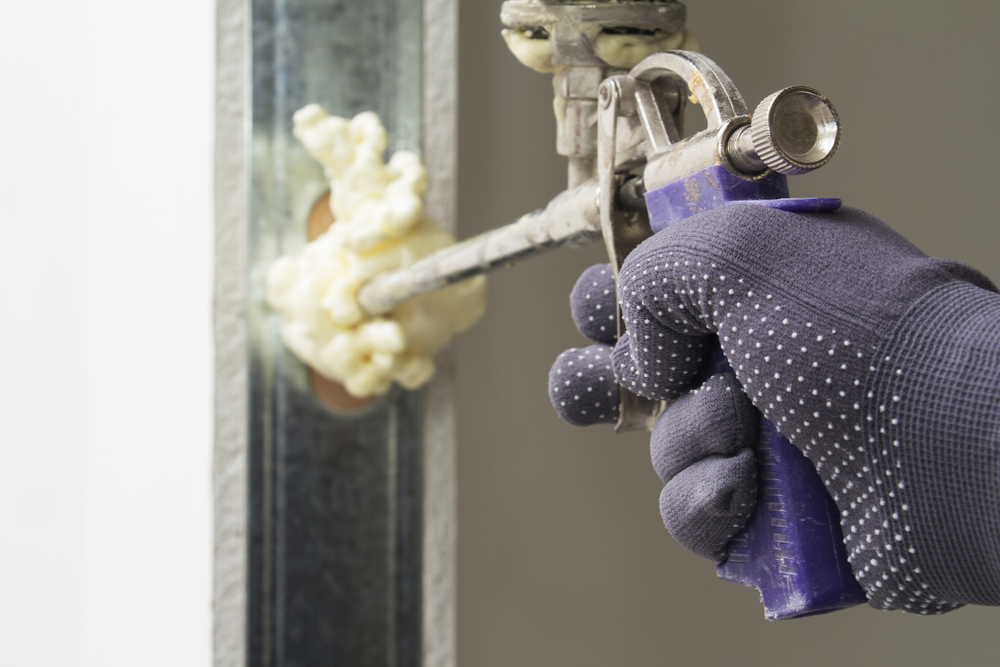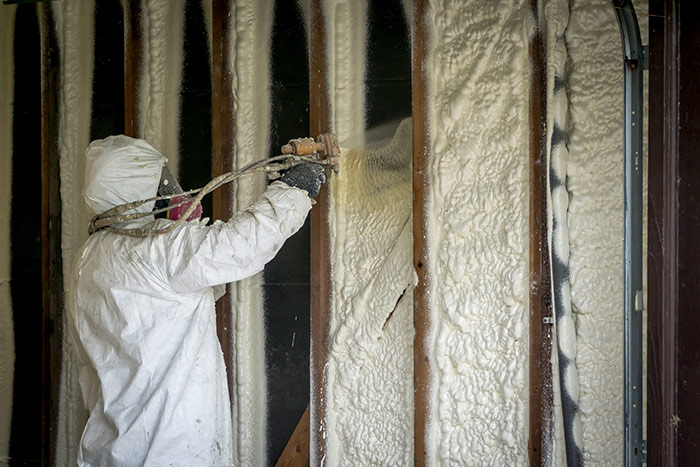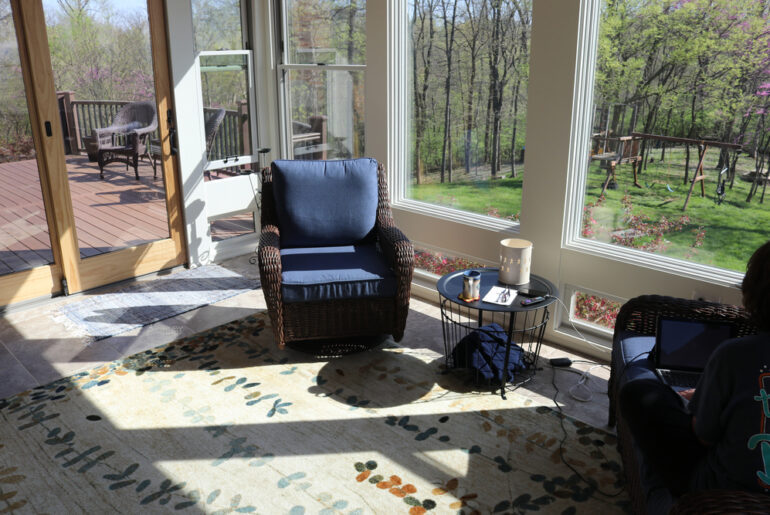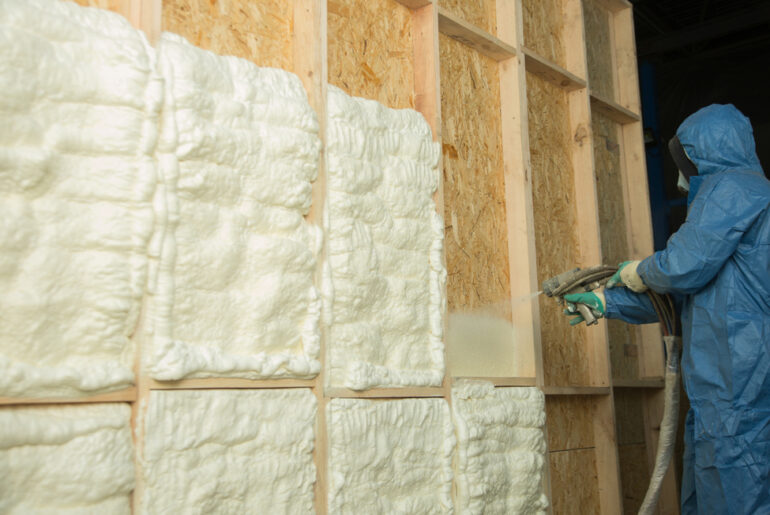If you’re planning to apply spray foam insulation to your home, you may wonder how long it takes to dry and cure.
As a general rule, Spray foam takes about 5 minutes to an hour to become tack-free and 8 to 24 hours to cure fully. However, the curing time may vary depending on various factors, including density, temperature, humidity, weather conditions, and the amount of spray foam applied.
Before applying spray foam, you should first consider how much time it dries and hardens and the factors influencing it.
In this article, we will delve deeper into spray foam’s drying and curing time. We will also share how to make spray foam dry faster.
How Long Does Open Cell Spray Foam Dry?
As a general rule, spray foam insulation takes about 5 minutes to an hour to become tack-free. Tack-free means when the coating condition of the spray foam is completely dry with little to no moisture left after the surface application.
In addition, spray foam insulation may take about 8 to 24 hours to cure fully. However, the curing time may vary depending on the type of spray foam used, the product, and site conditions. Curing time is when the material undergoes a chemical process, resulting in stronger, harder, more durable and stable material.
Open-cell spray foam is the least dense of the spray foam insulation types. It also takes about 8 to 24 hours to cure fully. Moreover, It can be applied with a single-pass installation, allowing the spray foam to get it done the first time around.
How Long Does Closed Cell Spray Foam Dry?
Like open-cell spray foam insulation, closed-cell spray foam usually takes about 5 minutes to 1 hour to become tack-free or completely dry. This is when the coating is adhered correctly and no longer sticky, protecting the surface from damage.
It takes about 20 to 24 hours for closed-cell spray foam to dry and cure fully. In addition, the difference between the two is that closed-cell spray foam is denser and more effective per inch of thickness than open-cell spray foam. However, its density makes it a bit longer to cure and fully dry.
What Else Affects Spray Foam’s Average Time-to-Dry?
Many factors significantly affect the spray foam insulation’s curing time. As mentioned above, one of the main factors is density. The heavier or denser the spray foam, the longer it takes to dry or cure completely.
Another factor that affects spray foam’s average time-to-dry is temperature. Typically, spray foam insulation cures quickly at moderate temperatures. And the higher the temperature, the more rapidly it promotes hydration reaction, which helps the hardening while spray is setting. The idea ltemperature when applying spray foam ranges between 70 and 80 degrees Fahrenheit.
However, one disadvantage of higher temperatures is that it increases the porosity and weakens the spray foam once dry and hardened. Likewise, a low temperature can also cause problems, affecting the application and efficacy of the spray foam insulation.
The amount of time it takes to cure or harden spray foam may also vary depending on the product-specific formulation, humidity, moisture, weather conditions, the amount of foam being sprayed, and type of surface area. Typically, insulating foam sealants cure quickly at moderate temperatures and humidity.
How Can You Make Spray Foam Dry Faster?
Misting the surface area first, especially if it’s dry wood or other dry areas, before applying the spray foam insulation will help the spray foam expand and cure quickly.
Spraying a mist of water between the layers of spray foam can also maximize expansion and accelerate the curing process. However, be careful not to wet it because it can impede the curing time and damage the spray foam. Instead, just dampen the surface area.
How Long to Wait Until You Can Paint Over Spray Foam
It’s best to wait at least 24 hours after spray foam installation before painting over it because it could impact the insulation’s overall effectiveness and damage the spray foam. Longer than 24 hours is even better for ensuring the spray foam is completely dry.





